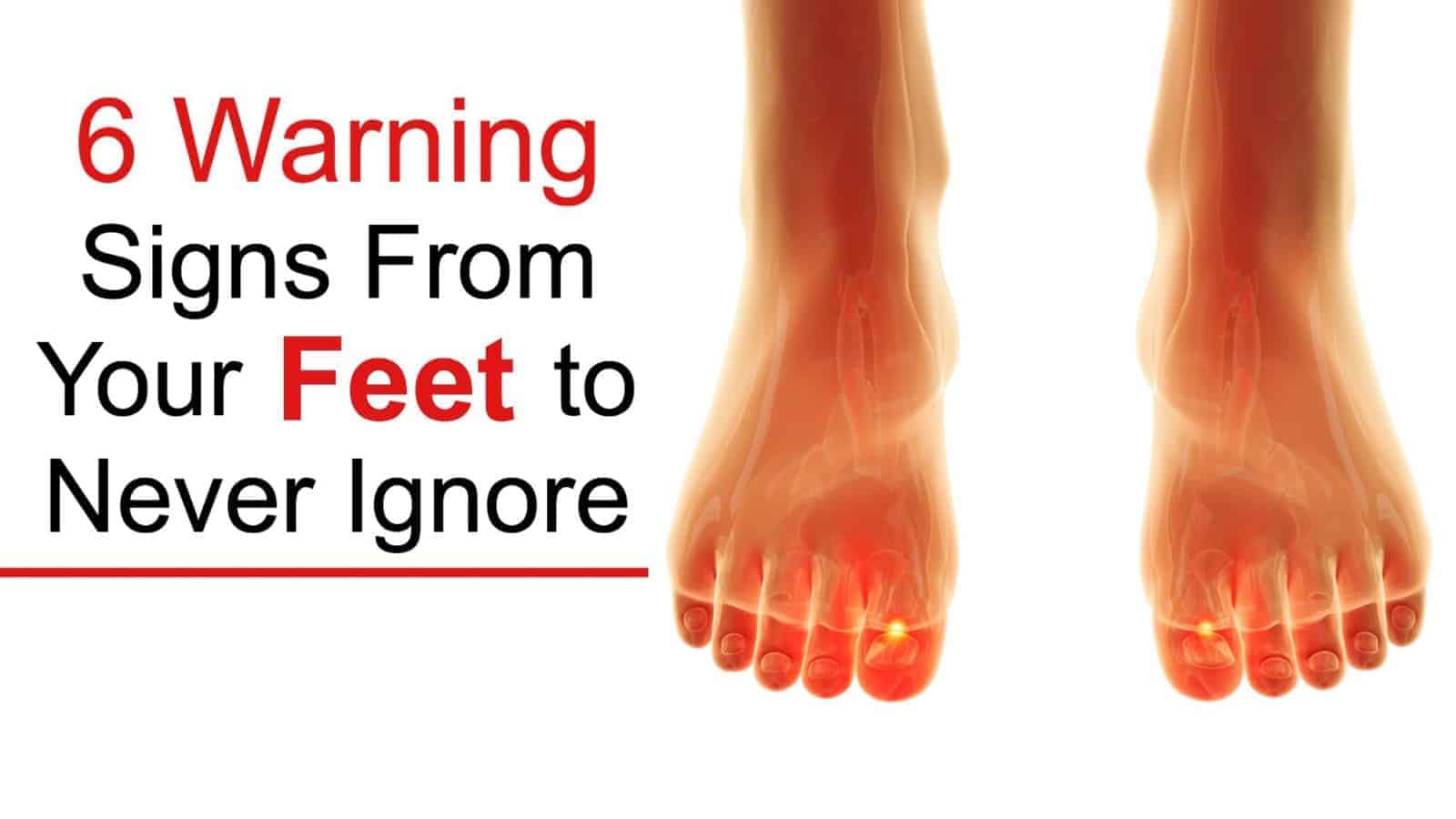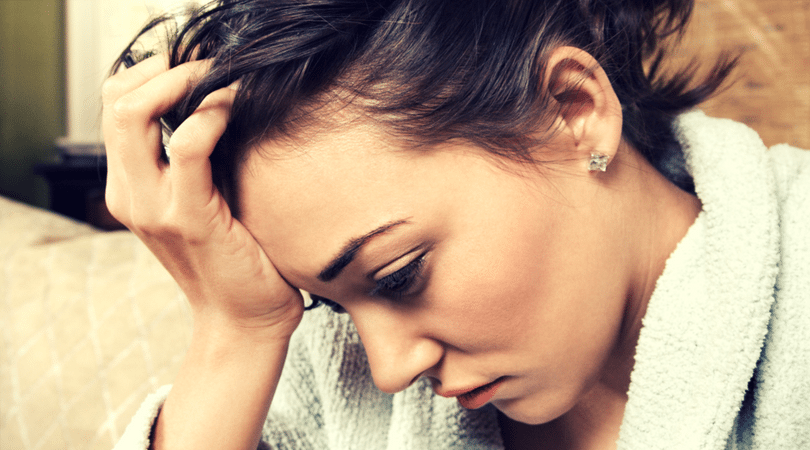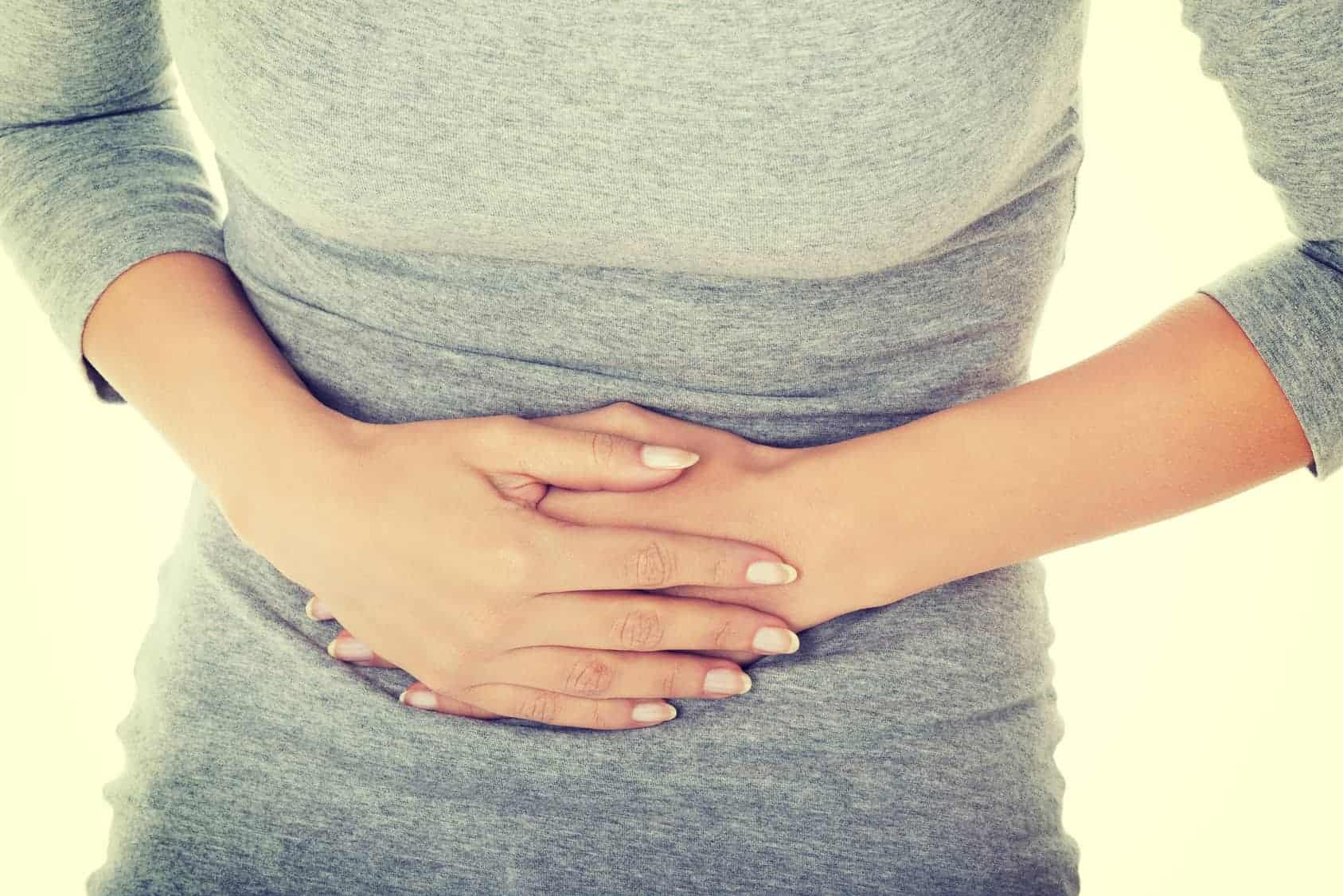Workouts aren’t as simple as you may want to believe. As much as we’d like them to be just about hitting the gym and doing a few exercises, they’re more than that. Haven’t you ever noticed how some people go to the gym for weeks or months, but you never notice any serious weight loss. Although eating habits can be blamed for such an outcome, time is also a determining factor.
Did you know that if you exercise for a short period of time, you would burn less calories than if you were to do it for longer? Another interesting fact is that workouts should never be too long because they can lead to excessive hunger and more eating.
How Long Should You Exercise?
According to the American College of Sports Medicine (ACSM), your weekly workouts should last between 150 and 250 minutes if you want to lose weight and notice a significant change. You should also vary the exercises from least demanding, such as the treadmill, to most vigorous, such as push-ups and pull-ups.
However, workouts vary according to individual, and what may be hard for one person can be easy for another. Try out different exercises to find out which one suits you best, then stick with it. If it’s your first time doing an exercise for weight loss, you ought to start with a beginner exercise, then slowly build your way up to more complex ones.
Exercise Days
Since now you know that 250 minutes of workout per week can help you lose weight, you have to plan your schedule. It’s not advisable to go to the gym everyday and do intense exercises since your body needs to rest. It would be preferable to do your workouts after every one day, for example, if you went to the gym on Monday, the next time you go can be on a Wednesday.
However, not everybody is the same. You may prefer short workouts to long ones. In that case, exercising for 20 to 35 minutes daily can also help you reduce weight. Additionally, daily exercises enable you to turn workouts into a habit. As a result, you remain disciplined even after you have attained your weight loss goals.
If your schedule doesn’t allow you to follow a strict workout routine, you should workout longer whenever you find the time. For example, if you do 75 minutes of simple and rigorous exercise on Saturday and Sunday, you can still meet your weight loss goals – the total workout time for both days is 150 minutes, which is the minimum recommended period.
Setting Your Exercise Goal
When you say that you want to exercise for weight loss, it’s rather vague and general. Instead, set a target for how much pounds you want to shed, for example, you plan on losing 1 pound, you need to run for 40 minutes every day or do 7 hours of intense aerobics per week. To save on time, some people mix diet and workouts so that they can lose the one pound at a faster rate.
You ought to have a workout routine to help you stay focused and keep track of your weight loss goal. In addition, your exercises plan should also include workouts that will actually help you lose weight – ask an expert about this part if you are not sure.
As you are preparing your fitness program, remember to include rest periods in-between different workouts as a way to avoid burnout due to sore and overworked muscles and joints. For example, if your workout session is meant to last 40 minutes, take a 3 to 5 minute break after 20 minutes. Breaks should be short to prevent you from drifting and forgetting about the workouts altogether.
Once you are done setting up your workout routine, write it down on piece of paper and hang it somewhere where you can see it everyday for motivation. Alternatively, you can use a smartphone app. that gives you reminders whenever its time for exercises.
Conclusion
Research done by ACSM shows that working out for 250 minutes per week can help you lose weight at a rapid pace. Therefore, it’s advisable that you create a personal fitness program which allows you to maximize this time.
https://www.youtube.com/watch?v=yG-G9_LOkLA









